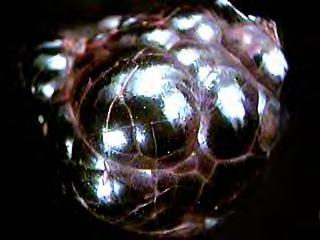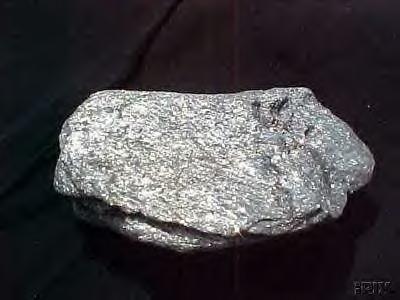Diagnostic Features
Hardness: 1-6.5
Streak: Reddish-brown to greyish black
Specific Gravity: 5.3
Luster: Earthy nonmetallic to silvery metallic
Cleavage: None
Fracture: Irregular and uneven
Other: Hematite possesses a wide range of colors and hardnesses. It frequently occurs in massive rusty and reddish brown masses that leaves a similar colored residue on your fingers when samples are rubbed against them.
Identification Tips
1. Hematite is found in a variety of settings and rock types. It is the commonest byproduct of the weathering of iron-bearing minerals. The rusty red rind which coats the surfaces of rocks exposed to the atmosphere is comprised mainly of hematite.
2. Hematite also occurs as a cement and as a secondary mineral in sedimentary rocks. The reddish brown coloration and staining of the Triassic-Jurassic clastic sedimentary rocks of southeastern New Yotk State is due to the presence of hematite.
3. Specular (platy) hematite is the crystalline form of the mineral and can also be mistaken for graphite. The density of hematite is much greater than graphite. Additionally, the feel of hematite is more abrasive and less slippery than that of graphite.



